This January Car Design News will be placing perceived quality under the spotlight
For 2025, the team at Car Design News will focus on a different topic each month, exploring areas we feel are in flux, growing in importance, or simply underdiscussed within the industry.
To kick things off, January will look at the subject of perceived quality, something of which we scratched the surface last year. From dedicated interviews with PQ experts to broader stories and features that add extra context, you should have a better idea of the key themes by the end of the month. It promises to be an interesting few weeks. Scroll to the bottom for the full list.
Later in March we will revisit the topic with a livestream that will approach the subject from new angles. You can register for that livestream now.
What is perceived quality?
Exactly as it sounds. Perceived quality is a fusion of multiple disciplines designed to ensure designs resonate with potential buyers as intended. The field touches all manner of functions, not only fit and finish but materials, surfacing, branding, UX, haptics and more.
Experts in this area tend to view themselves as a fusion of designers and engineers (with some indeed having worked in both roles) helping wider teams find solutions that, in very simplistic terms, make cars feel on brand, good value for money and that they are capable of the job they are intended to do. We heard from the team at Mahindra ahead of the Christmas break about the keen focus on fit and finish, ensuring the BE.6e gave the right impression at launch.
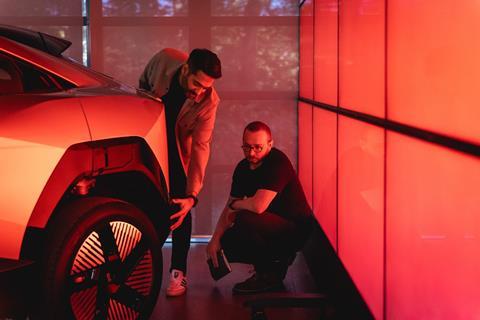
For example, a luxury brand will very much focus on reducing unwanted rattles, textures and even smells in the interior. An off-road utility vehicle will need to purvey a sense of durability, strength and ruggedness – things will not break after a rough trail.
Refining the perceived quality of a sports car might require some blend of both worlds – adept at handling fast corners but also looking and feeling good while doing so. There are some more generic considerations that tend to span all models. For example, shutlines should be uniform across thousands of models – ditto with paint finishes – and components about the cabin should not rattle or buzz loudly, if at all.
But that does not tell the full story by any stretch. As we have learned from recent conversations, exterior designers must pay attention to how the silhouette and surfacing of their car resonate with the market, too. “Premium” can mean different things to different people, and certain colours or shapes may have unwanted connotations.
What’s changing?
In the past, entry-level models destined for the mass market were perhaps less aligned with the ideals of perceived quality – just watch old footage of British Leyland production line. More recently, the trend for premiumisation has meant that virtually all models carry an expectation of quality inside and out, leaving less room for error than before.
The electric vehicle movement has also had an impact, particularly on the cabin, which is now much quieter without the hum of a combustion engine and its associated components. Passengers will be far more aware of those little annoyances that may previously have been hidden, and this is amplified further in vehicles where there is no driver at all.
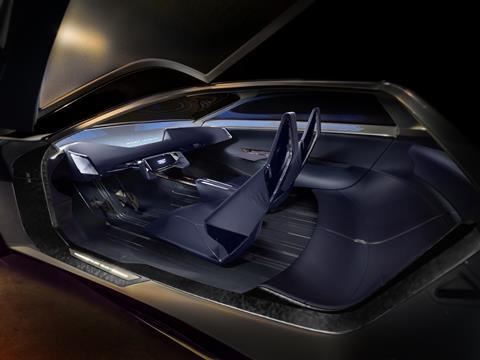
Autonomous vehicles allow greater flexibility and freedom in the cabin, but with eyes no longer required on the road, that places focus on the rest of the interior. There is no hiding from poor finishes or unsightly materials, and the overall user experience and integration of digital features becomes critical. Indeed, UX is very much a consideration for today’s perceived quality specialists.
Touchscreens must be responsive, easy to use while on the move and generally built trust with the driver or passenger. Laggy systems, core functions hidden behind multiple menus and vague icons should all be avoided. Things may get even more complex if screens continue to occupy ever more real estate in the cabin.
Now, these are issues for which dedicated UX experts are already working on, of course, but perceived quality teams (however compact) are always in the loop to ensure they tie in with the bigger picture. So too on the materials front, where a new raft of sustainable alternatives are being brought to market, each looking to bring the same (or better) quality with improved environmental credentials.
What will we be covering?
Alongside our usual coverage of the car design world at large, the CDN team will be conducting some tailored reports, interviews and analysis.
That is not to say every minutiae of the field will be placed under the microscope, but it will certainly shed some light on one of the lesser-known branches of design. This month’s analysis will tee us up nicely for a livestream in March, too, where we will progress things even further with several live guests.
Check this page for updates, where we will list stories as they come out during the month.
07/01/25: A conversation with McLaren’s head of product quality, Madalina Marcu. This interview covers:
- the nuances between high- and low-volume brands
- how the nature of perceived quality is evolving post-pandemic
- why perceived quality works with wider teams, including marketing and product planning
- key quote: “Prioritise the factors that allow you to deliver to the right standard”
14/01/25: An interview with PQ expert Kyungmin Lee which covers:
- the impact PQ can have on a business and its market competitiveness
- what it takes to excel as a PQ specialist
- key quote: “While basic quality builds trust in the product, PQ elevates preference and loyalty”
15/01/25: An interview with Vicki von Holzhausen, CMF expert and founder of materials firm Von Holzhausen. Originally published in Interior Motives magazine, we felt this was a relevant discussion to include alongside dedicated features on PQ.
- key quote: “Sustainability, functionality and aesthetics are always paramount… We also think about the end-user experience, particularly how the material feels and ages, as a critical consideration.”

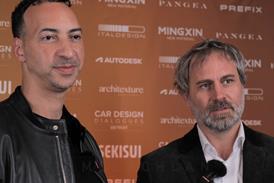
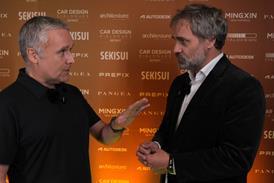
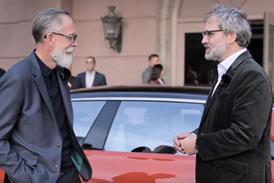
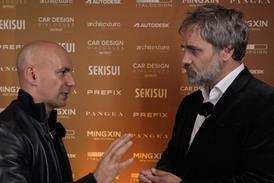
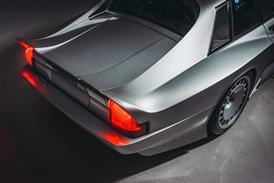
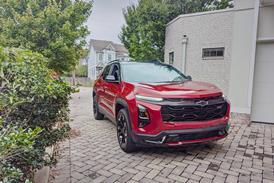
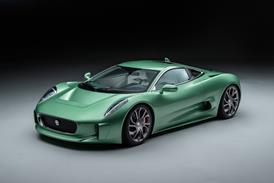
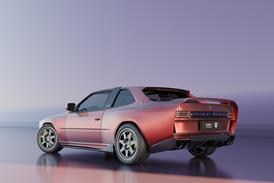

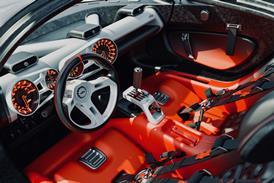


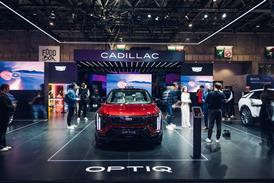
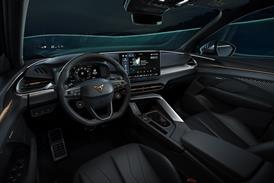
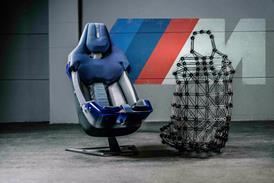
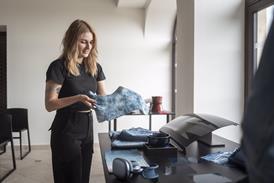
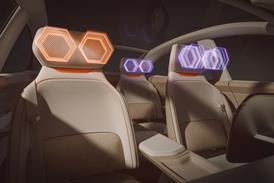
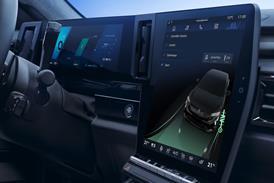
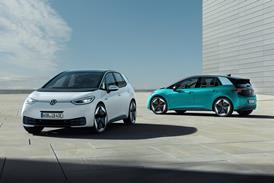
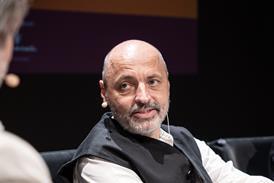
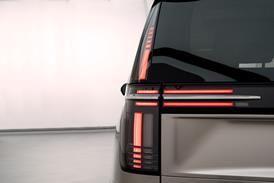
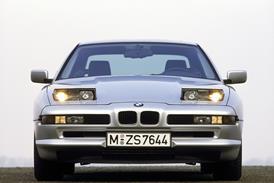
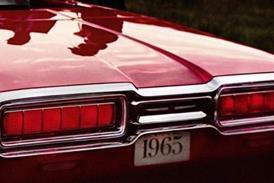
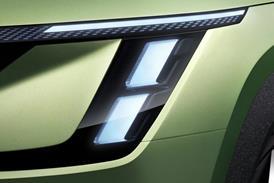
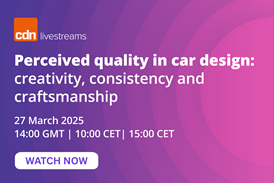



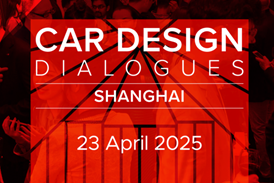
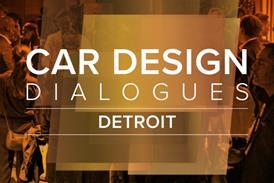
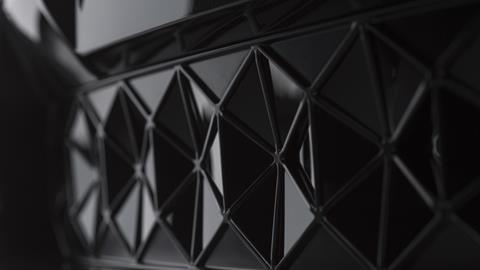
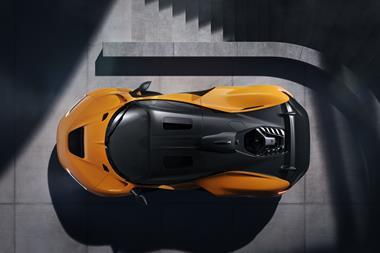

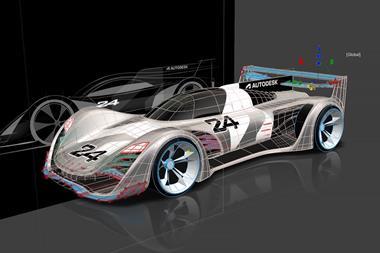
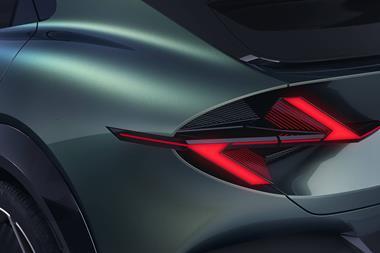
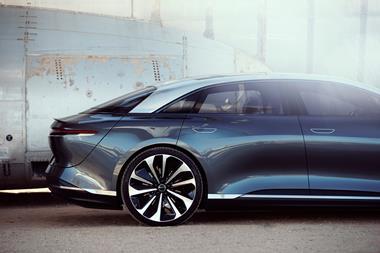



No comments yet